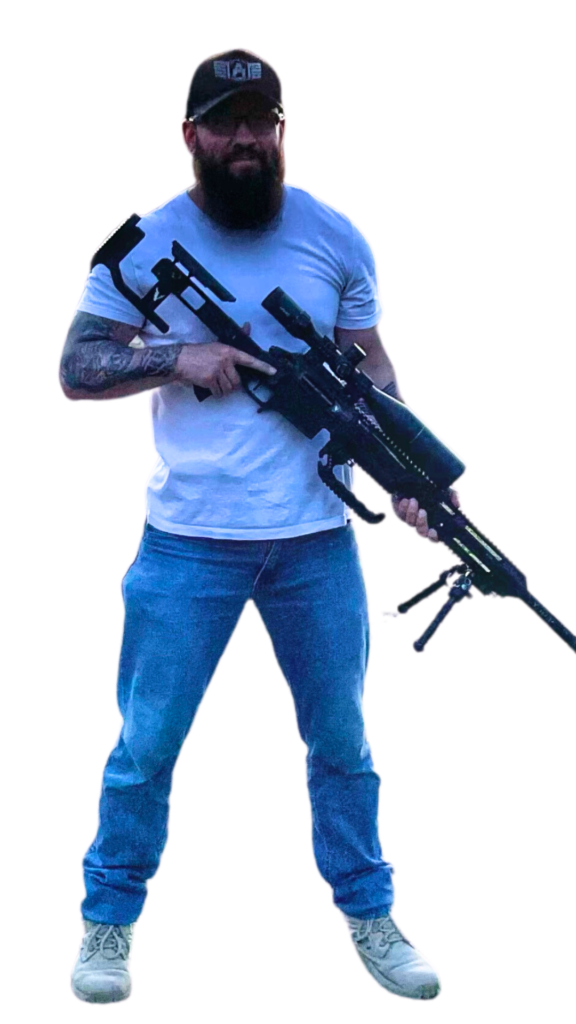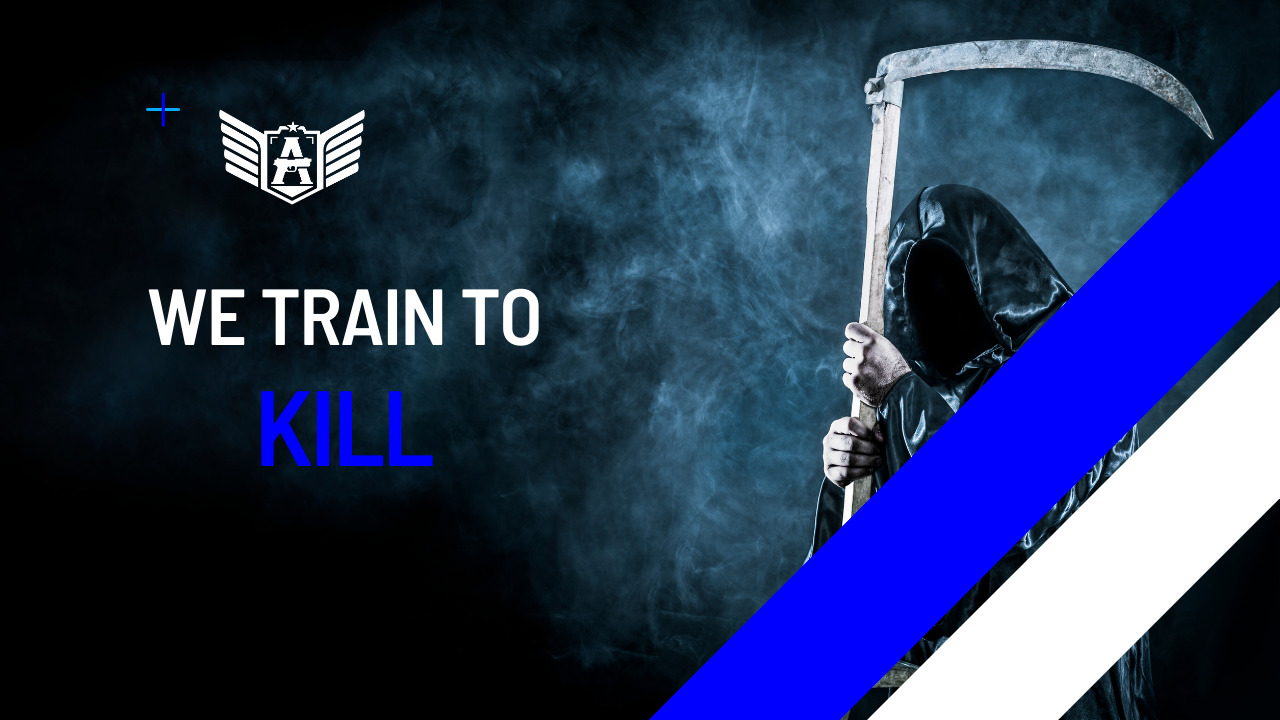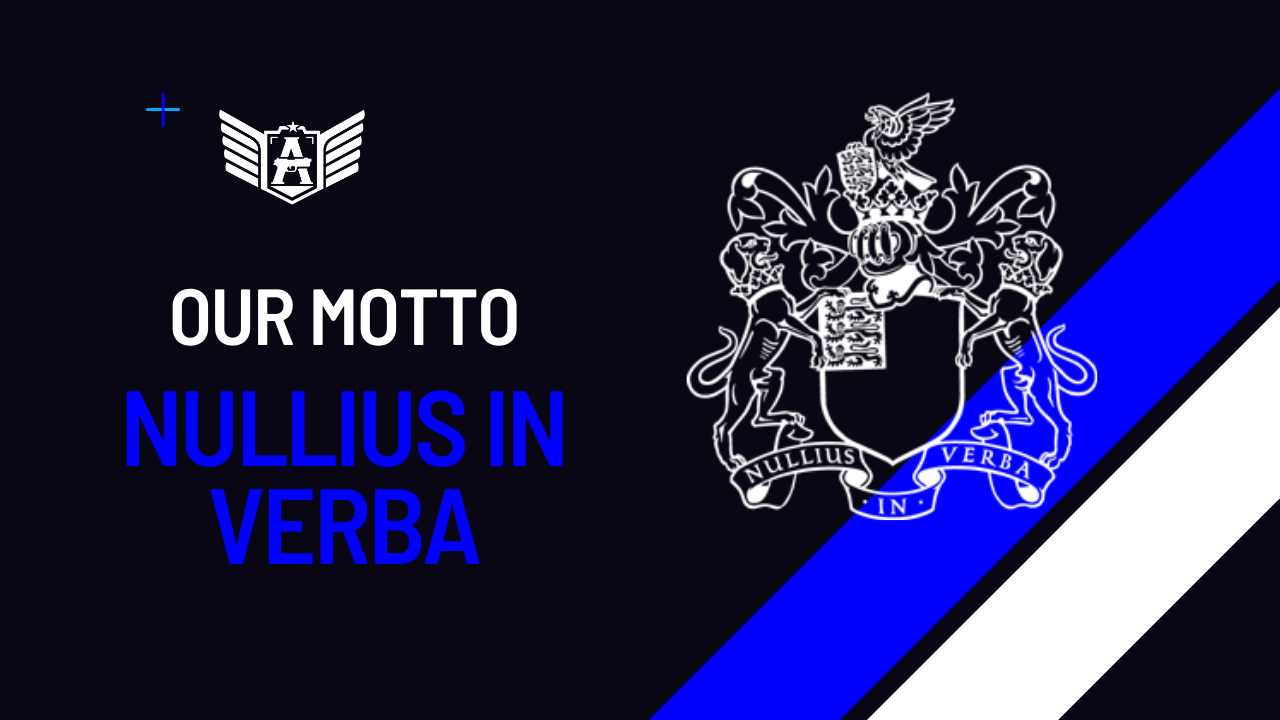Did you find the title too strong? Then you are training wrong.

The literature on the reality of armed combat is extensive, providing examples that teach that as important as being technically capable of killing, it is also essential to be psychologically prepared to do so.
You may think that you have this capacity within yourself, but it’s worth remembering that phyletically, it is counterproductive for any living being to be skilled in killing its peers – otherwise, the species would not continue its genetic code due to the scarcity of heirs.
Thus, the first step is to understand that it is not natural for a human to kill another human.
Even in Brazil, where I lived most of my life, the most violent country in the world, it is necessary to teach people to face reality: If you train with firearms – with the exception, of course, of sport shooting, recreational shooting, etc. – you are training to KILL. Do not use another term. Words have meaning.
Speaking of Brazil, this text was originally published in Portuguese, and newspapers all over the country reported on the terrible way a shooting instruction center was preparing citizens to become murderers. There is a big difference between killing and assassinating. Most people are not ready to confront this reality.
You are not training to repel unjust aggression. You are not training to enforce the law. You are not training to protect life. The firearm is a LETHAL weapon.
A significant part of introducing a combat mentality is, therefore, to prepare your brain to deliberately kill someone who looks like you.
There are several strategies for this, many of which are done unconsciously over the years. Dehumanizing the enemy is one of them. Have you ever noticed how there have always been nicknames for enemies in wars?
The Americans called the Nazis “Kraut” (sauerkraut), then the Vietcongs “Charlies.” In Brazil, criminals are called “vagabundo,” “mala,” “peba,” depending on the region where you are. When your enemy is the “Kraut” and not the “Fritz,” or when it is the “mala” and not “João Pedro,” the process becomes easier.
The training needs to be adjusted. People all over the world are taught to seek proportional means of reaction, in activities full of euphemisms to avoid saying that the goal of shooting someone is to kill. And if you think the goal is to stop, you are doing it wrong.
As a result of the premise of “stop,” “cease,” and not “kill,” absurdities appear at shooting ranges, ranging from “stopping power” to “double taps.” Doctrines from the last century.
In how many public service job postings for police or military careers have you seen that the job description occasionally involved the need to KILL?
It is no wonder that police forces are increasingly composed of people who look more like Backstreet Boys cover bands than actual police officers. Whether you are an armed citizen defending your freedom, a soldier, or a police officer, it doesn’t matter. Preparing your mind means sharpening the ax before cutting a tree.
Combat shooting training, from its foundation, needs to be adjusted for this reality. While it is necessary to have a pedagogical progression in pursuit of the trainee’s efficient development, each practice, each technique, each choice must keep in focus the primary function of combat shooting.
It is evident that our objective is not to kill people for trivial reasons but to be prepared to do so if the concrete situation demands it.
Introduction to the combat mentality, 1.01: Don’t embellish the peacock. Shoot to kill. Train to be effective and efficient in that.







Okay, this was a hard one!